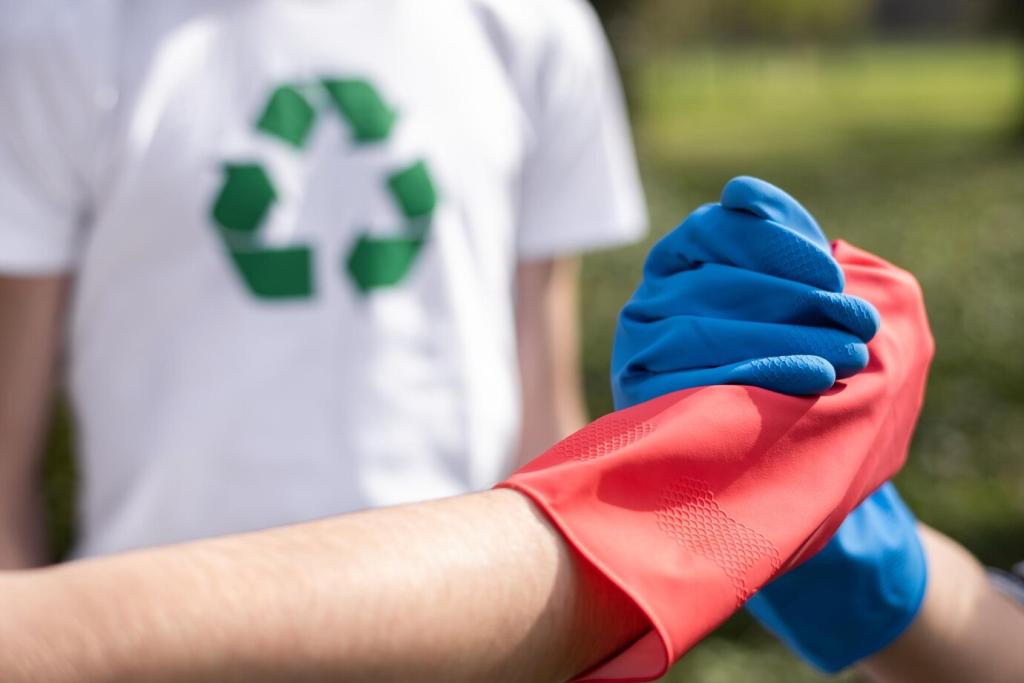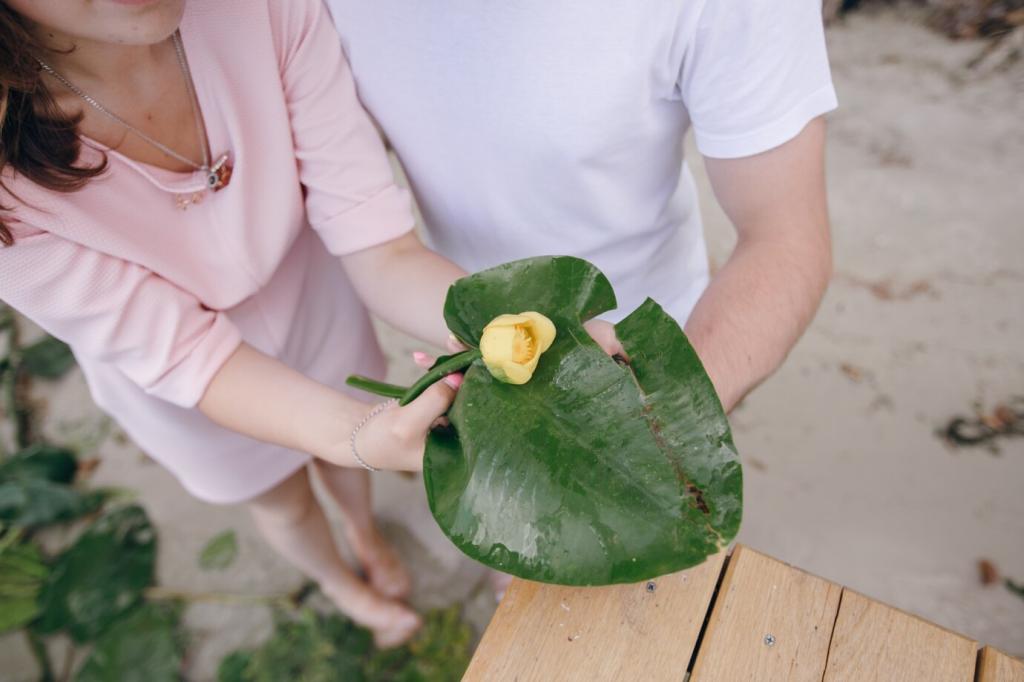Eco-Safe Shine: Smart Stain Removal on Sustainable Surfaces
Know Your Eco Surfaces and Stains
Bamboo, cork, and unglazed clay are more porous, absorbing liquids and dyes quickly; recycled glass and sealed concrete resist penetration. Match stain chemistry to treatment pH, choosing neutral solutions that lift residue without etching sensitive eco finishes.
Know Your Eco Surfaces and Stains
Water-based, low-VOC sealers protect sustainable surfaces but need gentle care, especially while curing. Always follow manufacturer guidance, avoid harsh acids, and choose pH-neutral cleaners that maintain protective layers and extend the life of your eco-friendly investments.
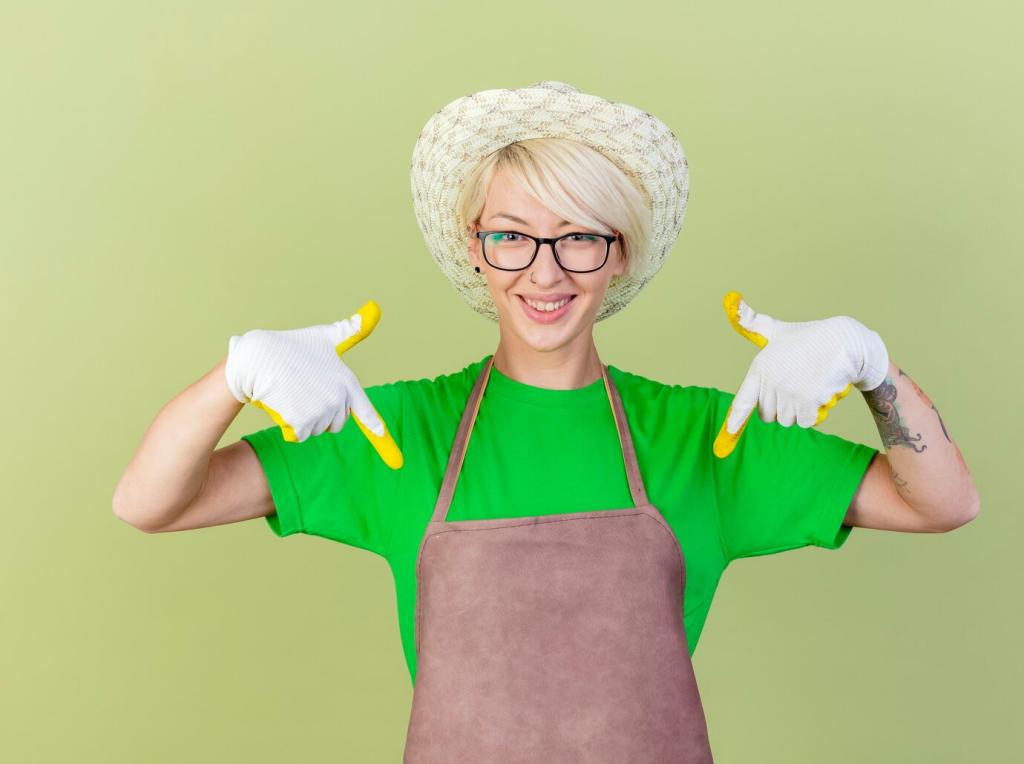
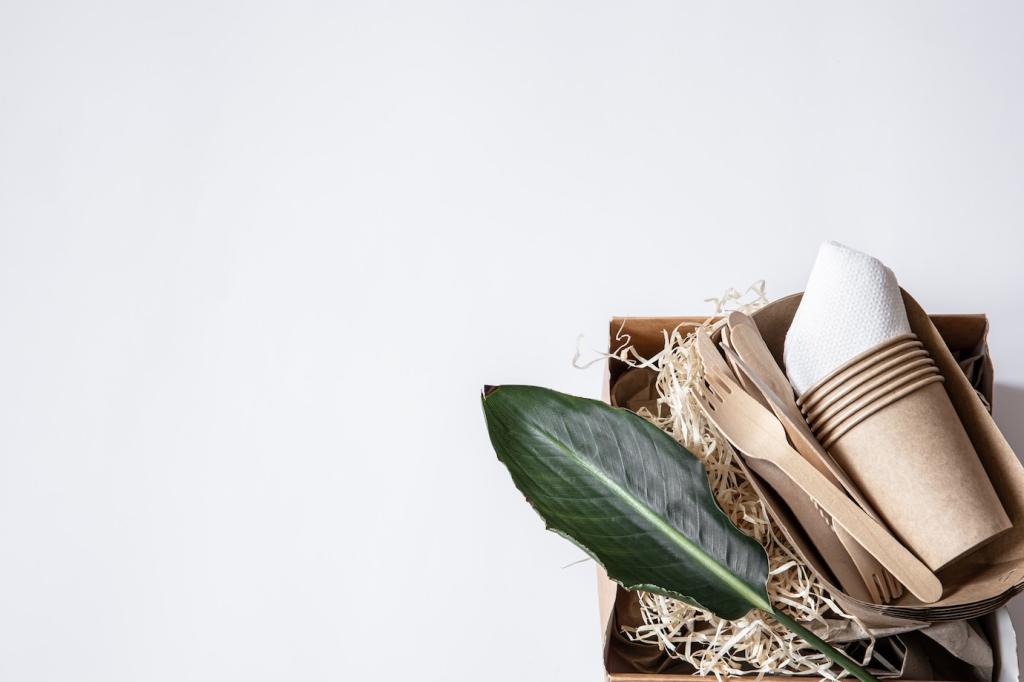
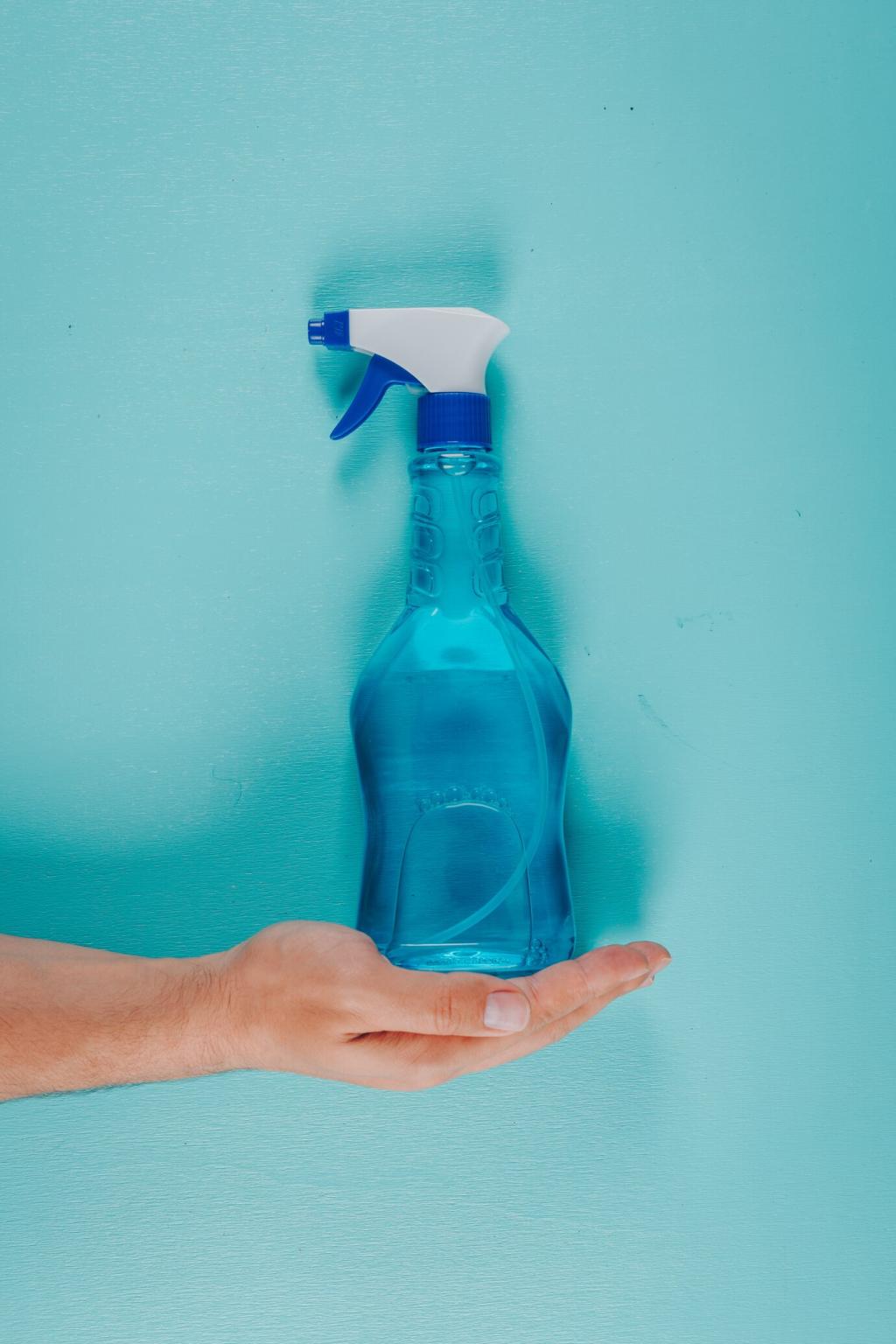

Coffee and tea on counters and textiles
Blot immediately, then use warm water with a drop of castile soap. On counters, follow with a mild baking soda paste if needed. For organic cotton towels, soak in oxygen bleach solution, then launder cool to maintain fibers and color.
Grease and cooking oil on wood or bamboo
Cover fresh oil with cornstarch or baking soda to draw it out. After an hour, sweep away and wipe with diluted castile soap. Recondition with a food-safe, plant-based oil finish to restore luster without synthetic residues on eco surfaces.
Ink, paint, and marker on low-VOC walls
Start with a damp cloth and mild soap, using gentle circular motions. For stubborn marks, a tiny dab of alcohol on a cotton swab can help, but test first to avoid dulling the low-VOC paint’s breathable, environmentally conscious finish.
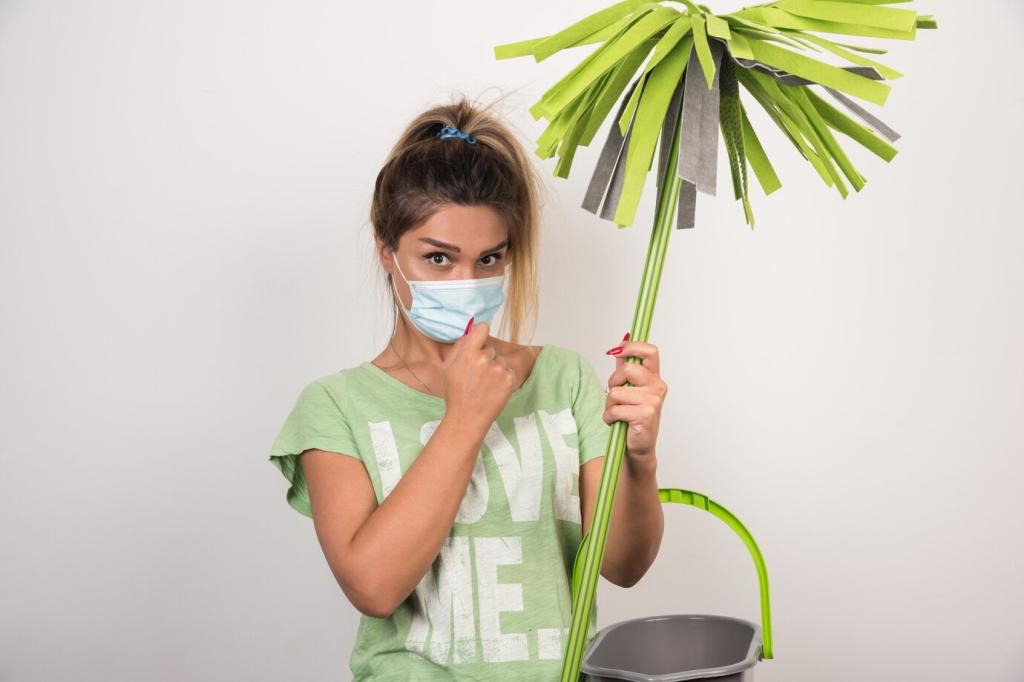
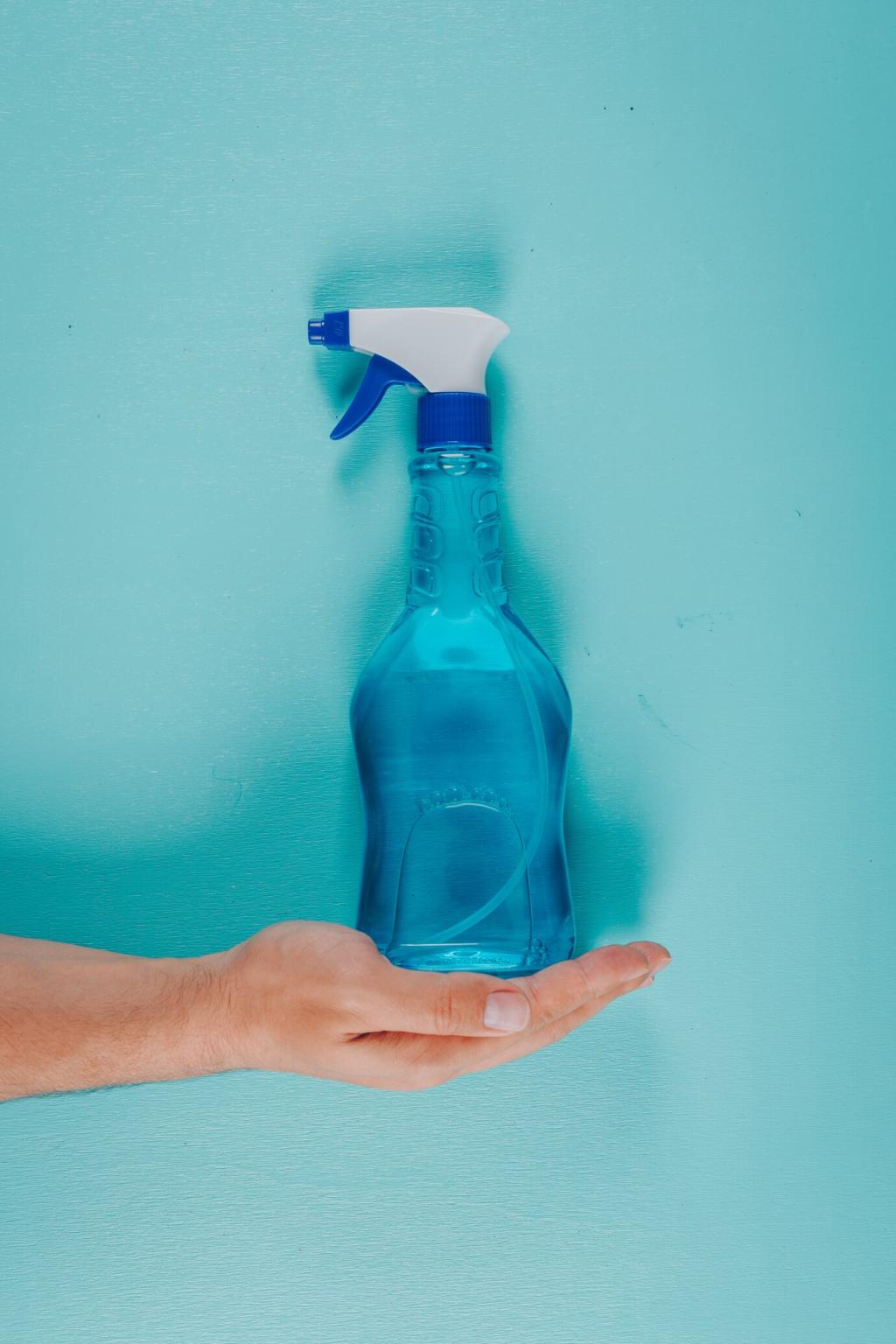
Prevention That Saves Time and Resources
Maintain a calendar for resealing bamboo, cork, and concrete with water-based, low-VOC finishes. Conditioning wood surfaces keeps them less absorbent, so spills sit on top longer, giving you time to blot before stains can settle deeply.
Prevention That Saves Time and Resources
Use coasters under plant pots and mugs, place mats at entryways, and wipe spills as they happen. Keep a dedicated, refillable spray of warm water and mild soap ready, reducing panic and preserving sensitive eco-friendly surfaces day to day.
